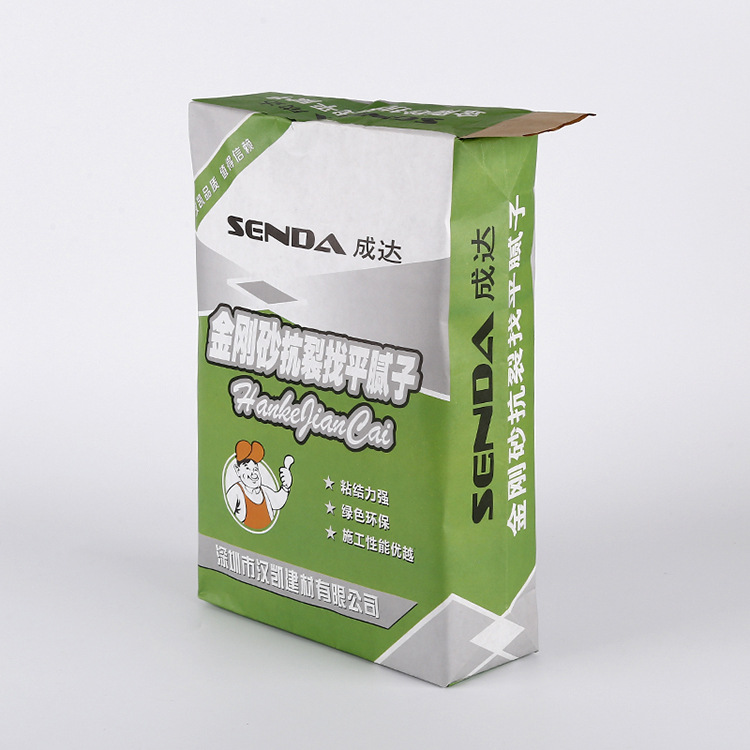
Custom Woven Bags have evolved significantly over the years, becoming a cornerstone of various industries due to their durability, versatility, and customizable features. As industrial demands increase and sustainability becomes a global focus, the production processes and materials used for these bags are advancing rapidly. This article explores the history, technical advancements, and future prospects of Custom Woven Bags and related products like Printed Woven Bags, BOPP Bags with Custom Printing, and Printed PP Bags.
For a deeper dive into the industry standards and innovation in Custom Woven Bags, visit this article. Additionally, explore the intricate details of Printed Woven Bags through this insightful link.
Historical Evolution of Custom Woven Bags
The origins of woven bags trace back to their early usage for agricultural and industrial purposes. Traditionally made from jute, these bags were appreciated for their strength but lacked moisture resistance and uniformity. The introduction of polypropylene (PP) in the mid-20th century revolutionized the industry. PP offered enhanced durability, water resistance, and the ability to incorporate vibrant custom prints.
Over time, manufacturers have adopted advanced technologies like BOPP lamination and multi-layered structures to improve functionality and aesthetics. These advancements have led to the widespread use of BOPP Bags with Custom Printing, which offer high-resolution graphics for branding and marketing while maintaining strength and versatility.
Technical Advancements in Manufacturing
The production of Custom Woven Bags involves several key steps, each enhanced by modern technology:
- Extrusion: High-quality polypropylene pellets are melted and extruded into fine tapes. This process determines the strength and flexibility of the final product.
- Weaving: The extruded tapes are woven into sheets using circular looms. Advanced looms enable precision weaving, ensuring consistent quality.
- Lamination: Laminating the woven sheets with BOPP film adds water resistance and allows for high-definition printing.
- Cutting and Stitching: Automated machines cut and stitch the laminated sheets into various bag sizes, reducing manual errors and increasing efficiency.
Comparison of Traditional and Modern Techniques
| Feature | Traditional Woven Bags | Modern Custom Woven Bags |
|---|---|---|
| Material | Jute, cotton | Polypropylene, BOPP |
| Durability | Moderate | High |
| Water Resistance | Low | Excellent |
| Customizability | Limited | Extensive (colors, sizes, prints) |
| Environmental Impact | Biodegradable | Recyclable |
Materials and Their Impact
The transition from natural fibers to synthetic materials like polypropylene has been pivotal. Polypropylene offers several advantages, including high tensile strength, cost-effectiveness, and recyclability. Moreover, BOPP films add value by enhancing printability and resistance to external elements.
Emerging innovations are focused on sustainable materials. Biodegradable polypropylene and recycled plastics are gaining traction, addressing environmental concerns without compromising quality.
Cost Control in Production
Producing high-quality Printed PP Bags at competitive prices requires optimizing resources and processes:
- Automation: Automated cutting, stitching, and printing machines reduce labor costs and production time.
- Material Optimization: Using high-grade PP and minimizing waste during extrusion and lamination processes ensure cost efficiency.
- Bulk Manufacturing: Scaling up production lowers per-unit costs and supports global market demands.
Future Trends: Automation and Sustainability
Automation in Custom Woven Bag Production
The integration of AI and robotics in manufacturing is transforming the industry. Smart sensors in extrusion and weaving machines ensure consistency and reduce material wastage. Automated packaging and quality control systems enhance efficiency, paving the way for large-scale production of Custom Woven Sacks.
Sustainable Innovations
As environmental regulations tighten, manufacturers are exploring eco-friendly options:
- Biodegradable Materials: Polypropylene variants that decompose under natural conditions.
- Recycled Content: Incorporating post-consumer recycled plastics in production.
- Energy-efficient Processes: Utilizing renewable energy sources for manufacturing operations.
Applications and Versatility
Custom Woven Bags are indispensable across industries:
- Agriculture: Storing grains, seeds, and fertilizers.
- Construction: Packaging cement, sand, and construction materials.
- Retail: Eye-catching BOPP Bags with Custom Printing for branding.
- Logistics: Durable sacks for transporting goods.
Case Study: The Rise of Printed Woven Bags in Branding
Printed Woven Bags have gained popularity for their ability to double as packaging and advertising tools. High-definition printing on BOPP layers ensures brand visibility while maintaining the bag’s structural integrity.
Conclusion
The journey of Custom Woven Bags from simple jute sacks to advanced Printed PP Bags demonstrates the industry’s adaptability and commitment to innovation. With advancements in automation and sustainable practices, the future of these products looks promising, catering to diverse industrial and environmental needs.
By embracing cutting-edge technology and eco-friendly materials, manufacturers can meet growing market demands while aligning with global sustainability goals.